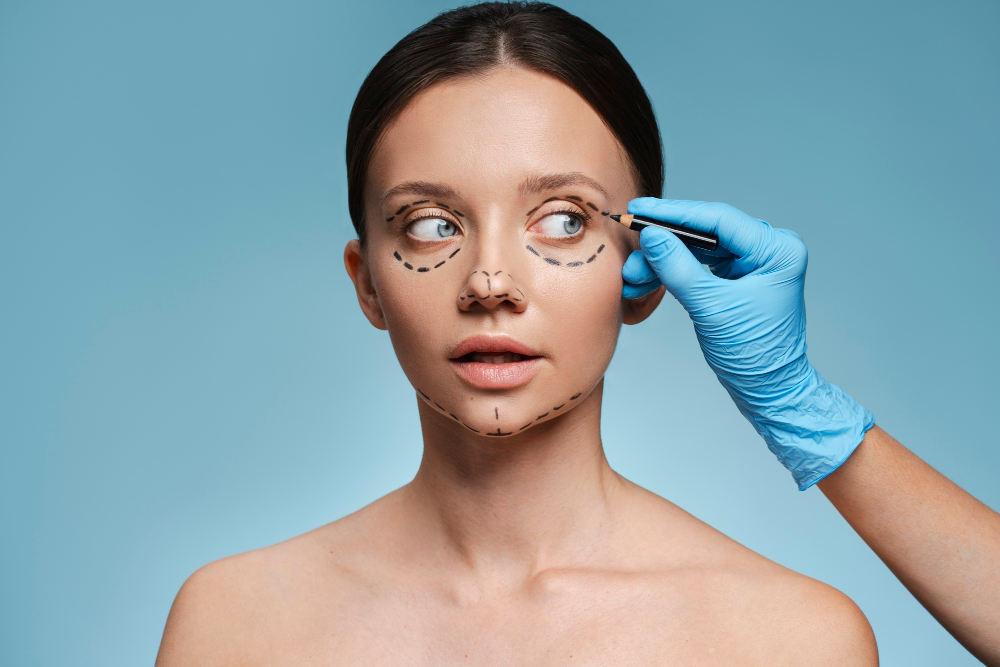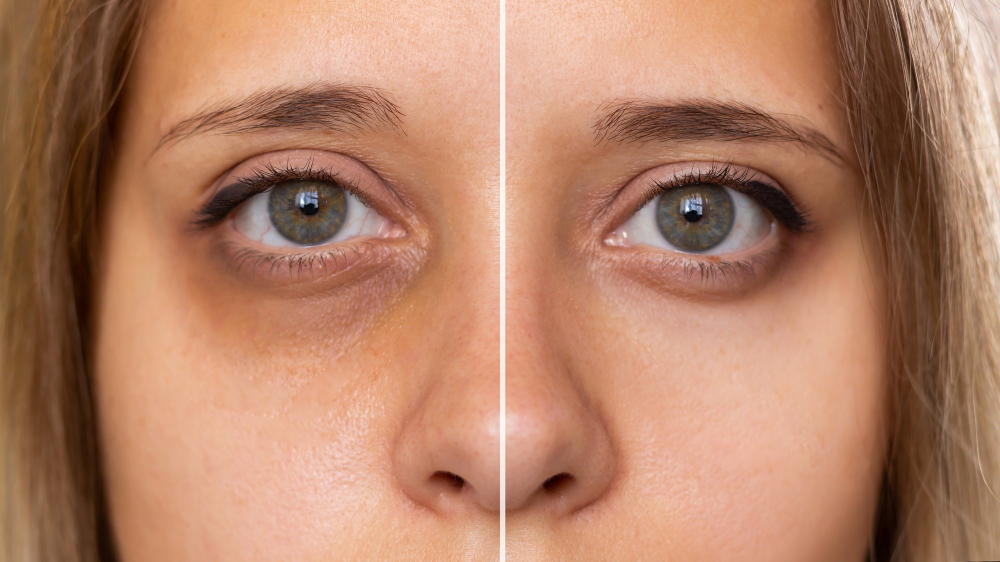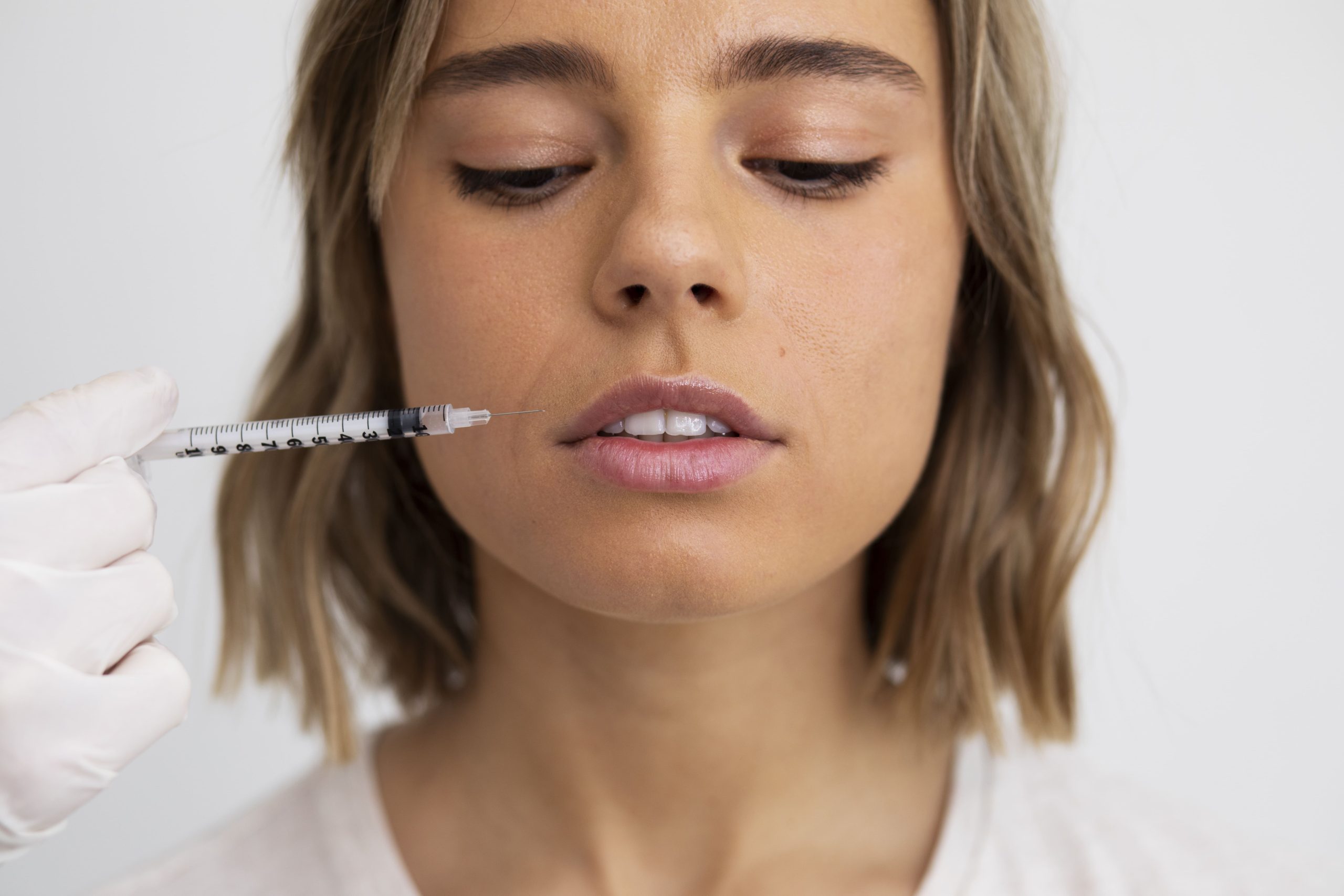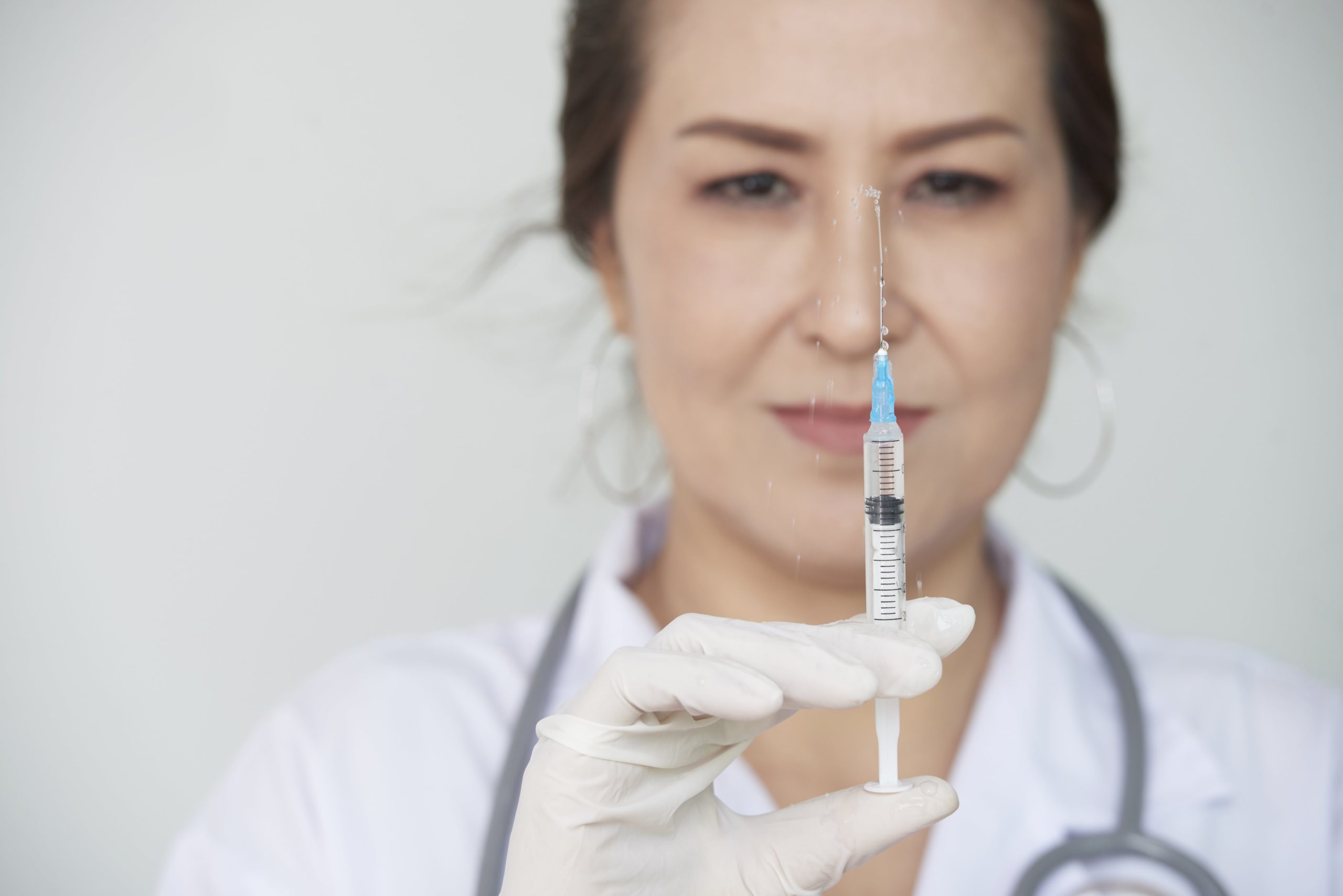Polynucleotides Under Eyes: Pros and Cons

Understanding Polynucleotides for Under-Eye Rejuvenation
Polynucleotide injections have become a popular treatment for addressing concerns under the eyes, offering a regenerative solution for dark circles, fine lines, and skin laxity. Unlike traditional fillers, polynucleotides under eyes work at a cellular level to promote skin renewal, enhance hydration, and improve overall skin quality. This makes them an excellent choice for medical aestheticians seeking long-term, natural rejuvenation treatments for their patients.

How Do Polynucleotides Work Under the Eyes?
Polynucleotides are derived from purified DNA fragments that play a crucial role in tissue repair and skin rejuvenation. When injected into the under-eye area, they act as bio-stimulators, triggering a cascade of regenerative processes that gradually improve skin quality. Their mechanism of action includes:
- Collagen and Elastin Stimulation – Polynucleotides activate fibroblasts, the cells responsible for collagen and elastin production. Over time, this leads to increased skin firmness, elasticity, and a smoother under-eye appearance.
- Deep Hydration and Moisture Retention – These molecules have a high water-binding capacity, ensuring long-lasting hydration that plumps and revitalizes the delicate under-eye skin, reducing crepey texture and fine lines.
- Improved Microcirculation – Polynucleotides under eyes enhance blood flow, helping to diminish dark circles caused by poor circulation and oxygenation.
- Tissue Repair and Regeneration – By accelerating cell turnover and DNA repair, polynucleotides support the healing of damaged skin, making the under-eye area more resilient and youthful-looking.
- Anti-Inflammatory and Antioxidant Benefits – Polynucleotides help reduce oxidative stress and inflammation, making them particularly beneficial for sensitive skin prone to redness and irritation.
Unlike traditional fillers that add volume instantly, polynucleotide under eyes injections work gradually, with results becoming more noticeable over time as skin undergoes natural renewal. This makes them an ideal choice for medical aestheticians aiming to deliver long-term skin improvements without artificial plumping.
Pros of Polynucleotide Under Eyes Treatments
- Natural-Looking Results – Unlike hyaluronic acid fillers, which add immediate volume, polynucleotides work gradually, allowing for subtle, natural rejuvenation.
- Long-Lasting Hydration – Polynucleotides attract and retain moisture, ensuring deep hydration for smoother, more refreshed skin.
- Minimal Downtime – Most patients experience only mild swelling or redness, allowing them to resume daily activities quickly.
- Collagen Stimulation – The regenerative effects lead to long-term improvements in skin firmness and elasticity.
- Safe for Sensitive Skin – Polynucleotides have anti-inflammatory properties, making them suitable for individuals with delicate or reactive skin.
Cons of Polynucleotide Under Eyes Treatments
- Multiple Sessions Required – Unlike fillers, which provide instant volume, polynucleotide injections require a series of treatments (typically 2-3 sessions) for optimal results.
- Temporary Swelling or Bruising – Mild side effects such as swelling, bruising, or redness may occur but typically subside within a few days.
- Results Develop Over Time – While improvements are noticeable, they appear gradually as the skin regenerates and collagen production increases.
- Not Suitable for Severe Volume Loss – Polynucleotides improve skin quality and hydration but do not add significant volume. Patients with deep hollows may require a combination treatments with fillers.
Polynucleotides Under Eyes vs. Other Under-Eye Treatments
Polynucleotides stand out as a bioregenerative solution for under-eye concerns, offering a unique mechanism of action compared to other aesthetic treatments. While traditional options like hyaluronic acid fillers and platelet-rich plasma (PRP) have been widely used, polynucleotides provide distinct advantages in skin quality enhancement and long-term rejuvenation. Below is a detailed comparison of polynucleotides with other popular under-eye treatments.
Hyaluronic Acid Fillers
- Purpose: Designed to restore lost volume and fill in hollows under the eyes.
- Mechanism: Hyaluronic acid attracts water molecules, instantly plumping the area.
- Pros: Provides immediate results, corrects deep tear troughs, and lasts 6-12 months.
- Cons: Can lead to puffiness, migration, or Tyndall effect (a bluish hue under the skin) in some patients, particularly in individuals with thin under-eye skin.
- Best For: Patients with significant volume loss who need structural support.
Platelet-Rich Plasma (PRP)
- Purpose: Uses the patient’s own platelets to stimulate collagen production and cell regeneration.
- Mechanism: Growth factors in PRP trigger tissue repair and rejuvenation.
- Pros: Offers a natural, holistic approach to skin rejuvenation with minimal risk of adverse reactions.
- Cons: Requires blood extraction, multiple sessions, and results can be inconsistent depending on the patient’s natural healing ability.
- Best For: Those looking for a natural alternative to fillers and who prefer regenerative treatments over volumization.
Polynucleotides
- Purpose: Improves under-eye skin texture, hydration, and elasticity while reducing dark circles and fine lines. Best products to try:
- Mechanism: Polynucleotides stimulate fibroblast activity, enhance microcirculation, and promote deep tissue repair at a cellular level.
- Pros: Encourages long-term collagen production, deep hydration, and improved skin quality without adding artificial volume.
- Cons: Requires multiple sessions for full results and does not provide immediate volume replacement.
Best For: Patients with fine lines, dark circles due to poor circulation, mild skin laxity, or dehydration rather than significant volume loss.
Which Treatment Is Right for Your Patients?
For medical aestheticians, selecting the right treatment depends on the patient’s specific concerns and desired outcomes:
- For volume loss: Buy hyaluronic acid fillers, as they may be the best option.
- For overall skin improvement and hydration: Purchase Nucleofill and PhilArt products, since polynucleotides provide superior results.
- For a holistic, regenerative approach: Order PRP products, although it lacks the hydration benefits of polynucleotides.
By understanding these differences, medical professionals can tailor their recommendations and offer personalized treatment plans that achieve the best aesthetic results for their patients.
Expected Results: Polynucleotides Under Eyes Before and After
Patients typically notice improvements in under-eye appearance within a few weeks, with full results developing over several months. Polynucleotides before and after photos clearly show the difference in patients’ skin tone and elsasticity.
- For reduction in dark circles due to enhanced microcirculation, purchase Croma PhilArt Eye.
- For smoother, firmer skin as collagen and elastin production increases, order Croma PhilArt Next or buy Nucleofill Strong.
- For hydrated, plumper under-eye area with reduced fine lines, buy Nucleofill Soft Plus.

Ideal Candidates for Polynucleotide Under Eyes Injections
Polynucleotide under eyes treatments are ideal for patients experiencing:
- Early signs of aging, such as fine lines and skin thinning.
- Dark circles caused by poor circulation rather than pigmentation.
- Mild under-eye hollowness and dehydration.
- A desire for natural, long-term skin rejuvenation without excessive volume.
Safety Considerations
Polynucleotide injections are generally well-tolerated, with a low risk of allergic reactions due to their biocompatibility. Medical professionals should ensure proper injection techniques to minimize side effects and achieve optimal patient satisfaction.
Where to Buy Polynucleotides
For aesthetic practitioners looking to incorporate polynucleotide under eyes treatments into their practice, high-quality products are available. Medical aesthetic professionals can buy polynucleotides from trusted sources such as Best Buy FIller shop.
Conclusion
Polynucleotides offer a breakthrough approach to under-eye rejuvenation, addressing fine lines, dark circles, and hydration with long-term regenerative benefits. While multiple sessions may be required, the natural-looking results and collagen-stimulating effects make them a valuable addition to any medical aesthetician’s toolkit. For patients seeking subtle yet effective improvements, polynucleotides provide a safe, reliable alternative to traditional fillers and PRP. With their rising popularity, they are becoming a go-to choice for under-eye skin enhancement.
Continue reading

Radiesse or Juvederm? Which One Should You Use for Facial Contouring?
Facial contouring is more than just adding volume – it’s about sculpting definition, correcting asymmetries, and enhancing structure. Achieving those goals requires the right product, precise technique, and a deep understanding of dermal filler properties. Among the most commonly used injectables in aesthetic medicine, Radiesse and Juvederm stand out as…
Read More
Radiesse vs Sculptra: Which Collagen-Stimulating Filler Is Better?
As the popularity of natural beauty trends, like the no-makeup makeup look, continues to rise, the demand for subtle, long-lasting enhancements has reshaped the filler industry as well. More patients are turning to treatments that enhance their features while correcting concerns like uneven texture or volume loss, all without compromising…
Read More
Non-Surgical Jaw Definition: Radiesse Jaw Before and After Transformation
In the age of defined features and sculpted profiles, jawline contouring has become one of the most in-demand aesthetic procedures among both male and female patients. But not everyone is ready for surgery or permanent changes. That’s where non-surgical options like Radiesse jawline enhancement come in, offering a high-impact transformation…
Read More